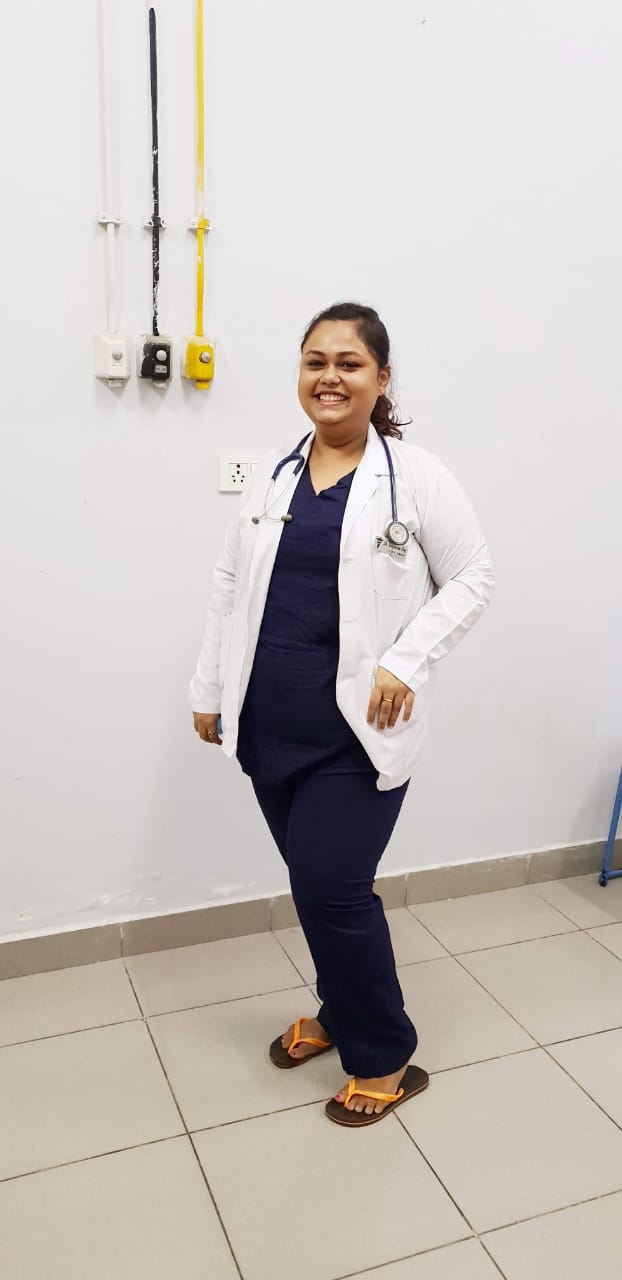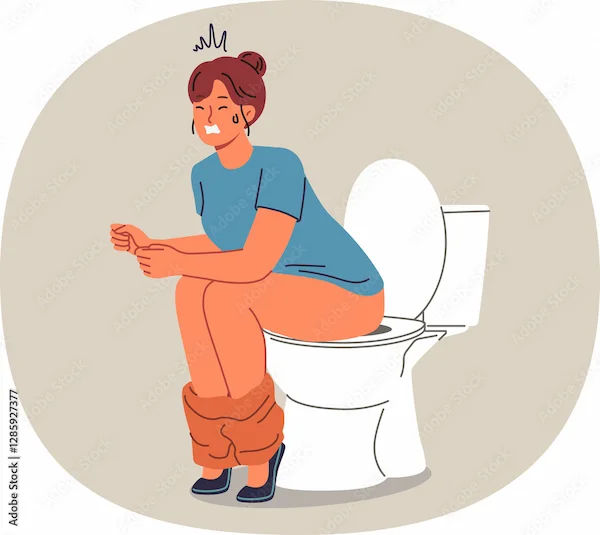When To Start Kegel Exercises After Hysterectomy?
Discover the ideal time to safely start Kegel exercises after a hysterectomy. Learn about recommended timelines, proper technique, and why these pelvic floor exercises are crucial for recovery and long-term health.

Written by Dr.Sonia Bhatt
Last updated on 7th Jul, 2025

Introduction
A hysterectomy is a major surgery that involves the removal of the uterus, and sometimes the cervix, ovaries, and fallopian tubes. After this procedure, many women experience changes in their pelvic floor muscles, which can lead to issues like urinary incontinence or pelvic discomfort. Kegel exercises are a great way to strengthen these muscles and improve recovery. But when is the right time to start them after a hysterectomy? Let’s explore this in detail.
Understanding Kegel Exercises
Kegel exercises are simple pelvic floor muscle contractions that help strengthen the muscles supporting the bladder, uterus, and bowels. These exercises improve bladder control, enhance sexual function, and aid in overall pelvic health.
Why Kegel Exercises Are Important After Hysterectomy?
After a hysterectomy, the pelvic floor muscles may weaken due to:
Surgical trauma – The procedure can affect surrounding muscles.
Hormonal changes – If ovaries are removed, lower estrogen levels may weaken pelvic tissues.
Reduced support – The uterus provides structural support, and its removal can impact pelvic stability.
Kegel exercises help by:
Strengthening pelvic muscles
Reducing urinary leakage
Improving sexual satisfaction
Supporting faster recovery
When to Start Kegel Exercises After Hysterectomy?
The ideal time to begin Kegels depends on your recovery progress and the type of hysterectomy performed:
1. Immediately After Surgery (With Doctor’s Approval)
Some doctors recommend gentle pelvic floor contractions as early as 24-48 hours after surgery to promote blood circulation and prevent stiffness.
These should be very light—just slight squeezes without straining.
2. 1-2 Weeks PostSurgery (If Cleared by Doctor)
If your doctor confirms you’re healing well, you can start mild Kegels.
Avoid overexertion—focus on short holds (2-3 seconds) and gradual increases.
3. 4-6 Weeks PostSurgery (Full Recovery Phase)
By this time, most women can resume regular Kegel exercises.
Aim for 3 sets of 10-15 reps daily, holding each contraction for 5-10 seconds.
Consult Top Specialists for Personalised Tips
When to Avoid Kegels?
If you experience pain, bleeding, or discomfort while doing them.
If your doctor advises delayed pelvic floor therapy due to complications.
How to Perform Kegel Exercises Correctly?
Ways to perform kegel exercises correctly are:
Find the Right Muscles – Try stopping urine midstream (only for identification, not as an exercise).
Empty Your Bladder – Always do Kegels with an empty bladder.
Sit or Lie Comfortably – Keep your abdominal and thigh muscles relaxed.
Squeeze & Hold – Tighten pelvic muscles for 3-5 seconds, then relax for the same duration.
Repeat – Start with 10 reps, 3 times a day, gradually increasing duration.
Additional Tips for Pelvic Floor Recovery
The additional tips for pelvic floor recovery are:
Stay Hydrated – Helps prevent urinary infections.
Avoid Heavy Lifting – Straining can weaken pelvic muscles.
Maintain a Healthy Weight – Excess weight puts pressure on the pelvic floor.
Practice Deep Breathing – Reduces intraabdominal pressure.
Consider Pelvic Floor Therapy – If Kegels feel difficult, a specialist can guide you.
When to Consult a Doctor?
If you experience:
Persistent pain during Kegels
Increased urinary leakage
Pelvic heaviness or discomfort
Difficulty controlling bowel movements
It’s best to consult a gynecologist or pelvic floor therapist for personalized guidance.
Final Thoughts
Kegel exercises are a safe and effective way to regain pelvic strength after a hysterectomy. Starting them at the right time—with your doctor’s approval—can significantly improve recovery. Listen to your body, progress gradually, and don’t hesitate to seek professional help if needed.
If you’re unsure about when to begin or need expert advice, Apollo 24|7 offers consultations with gynecologists and physiotherapists who can guide you through posthysterectomy care. Book an appointment today for personalized support!
Consult Top Specialists for Personalised Tips

Dr. Veena H
Obstetrician and Gynaecologist
16 Years • MBBS DGO
Bangalore
Apollo 24|7 Clinic - Karnataka, Bangalore

Dr Swatika Kumari
Obstetrician and Gynaecologist
19 Years • MBBS, DGO, DNB Obstetrics & Gynaecology
Nashik
Apollo 24|7 Clinic - Maharashtra, Nashik

Dr. Priyanka Surisetty
Obstetrician and Gynaecologist
8 Years • MBBS, DGO
Visakhapatnam
Apollo 24|7 Clinic - Andhra Pradesh, Visakhapatnam

Dr. Sreeparna Roy
Obstetrician and Gynaecologist
8 Years • MBBS , MS (OBSTETRICS & GYNAECOLOGY), Fellowship in Infertility, Endoscopy & Ultrasonography), Fellowship in Laparoscopy & Hysteroscopy,DRM
Barasat
Diab-Eat-Ease, Barasat

Dr. Mona Yadav
Obstetrician and Gynaecologist
19 Years • MBBS, MD (Obstetrics & Gynaecology)
Dombivli
Nulife multispeciality, Dombivli

Dr. Veena H
Obstetrician and Gynaecologist
16 Years • MBBS DGO
Bangalore
Apollo 24|7 Clinic - Karnataka, Bangalore

Dr Swatika Kumari
Obstetrician and Gynaecologist
19 Years • MBBS, DGO, DNB Obstetrics & Gynaecology
Nashik
Apollo 24|7 Clinic - Maharashtra, Nashik

Dr. Priyanka Surisetty
Obstetrician and Gynaecologist
8 Years • MBBS, DGO
Visakhapatnam
Apollo 24|7 Clinic - Andhra Pradesh, Visakhapatnam

Dr. Sreeparna Roy
Obstetrician and Gynaecologist
8 Years • MBBS , MS (OBSTETRICS & GYNAECOLOGY), Fellowship in Infertility, Endoscopy & Ultrasonography), Fellowship in Laparoscopy & Hysteroscopy,DRM
Barasat
Diab-Eat-Ease, Barasat

Dr. Mona Yadav
Obstetrician and Gynaecologist
19 Years • MBBS, MD (Obstetrics & Gynaecology)
Dombivli
Nulife multispeciality, Dombivli



.webp)
.webp)